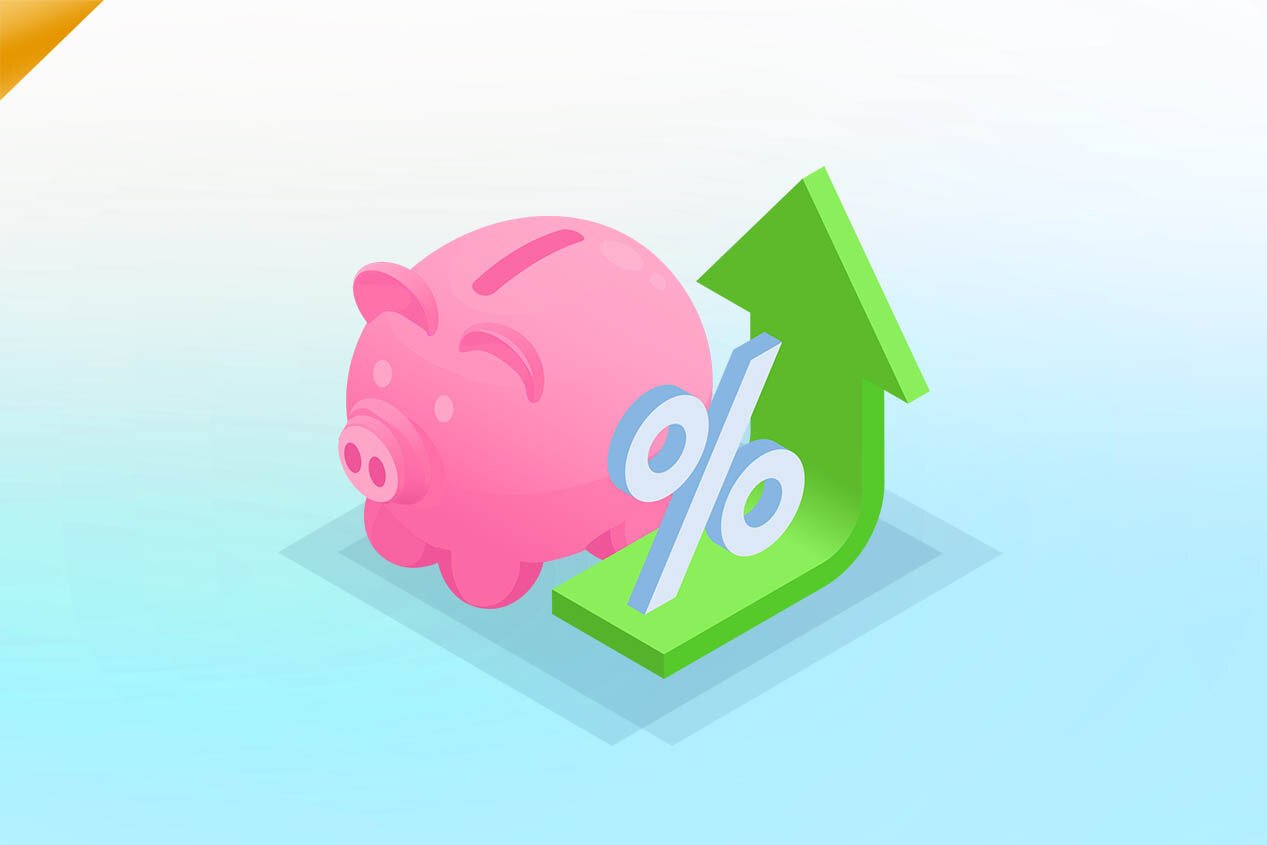
The Science of Compound Interest: Understanding the Formula for Wealth Accumulation
Compound interest is a powerful financial concept that enables wealth accumulation over time by earning "interest on interest." Unlike simple interest, which is only earned on the principal amount, compound interest allows for exponential growth because both the initial investment and the accrued interest generate returns. This is why Albert Einstein allegedly called it the “eighth wonder of the world.”
Understanding compound interest is crucial for anyone looking to grow their wealth through investments, savings, or even repaying loans. Its impact increases dramatically over time, so early saving and investing can result in significant long-term benefits.
In this post, we’ll break down the science behind compound interest, explain the formula, and show you how to make the most of it in real-world financial situations.
The Compound Interest Formula
The compound interest formula is expressed as:

For example, if you invest ₦100,000 at an annual interest rate of 5% compounded monthly for 10 years, the calculation would look like this:
A = ₦100,000(1 + 0.05/12)^(12*10) = ₦164,700.95
The investment grows to ₦164,700.95 due to the power of compound interest.
By understanding how each variable interacts, you can see why this formula is a vital tool in financial planning.
The Power of Time
Time is one of the most significant factors in compound interest. The longer your money stays invested, the more opportunities it has to grow. This is where the concept of "interest on interest" truly shines. The earlier you start, the less you’ll need to invest to reach your financial goals.
The Rule of 72: A helpful shortcut for understanding the effects of time is the Rule of 72. It estimates how long it will take for an investment to double, given a fixed annual rate of return. Simply divide 72 by your annual interest rate. For example, with a 6% interest rate, your money will double in approximately 12 years (72 ÷ 6 = 12).
Case Study: If you invest ₦200,000 at 7% interest for 30 years, it will grow to more than ₦1.5 million thanks to the power of compound interest. However, if you wait 10 years to start, you would need to invest nearly double to achieve similar returns.
The Impact of Compounding Frequency
The frequency of compounding—how often interest is added to your principal—can significantly impact your returns. The more frequent the compounding, the greater the effect on your investment growth.
Here’s a comparison table showing the growth of a ₦100,000 investment at a 5% interest rate compounded at different intervals over 10 years:
| Compounding Frequency | Amount After 10 Years (₦) |
| Annually | ₦162,889.46 |
| Quarterly | ₦164,154.58 |
| Monthly | ₦164,701.49 |
| Daily | ₦164,865.10 |
As you can see, the difference between annual and daily compounding may seem small, but over long periods, even these slight differences can add up. Continuous compounding, where interest is calculated at every possible moment, offers the highest theoretical return, though it is less commonly used in practical settings.

Real-World Applications
Compound interest is everywhere, from your savings accounts to your mortgage, and it plays a key role in long-term financial planning.
Savings Accounts and Investments
Banks often offer interest on savings accounts, with higher interest rates for fixed deposits or longer-term savings. For example, if you were to open a high-interest savings account through a platform like nairaCompare, you could compare the best options for maximizing your returns through compound interest.
Loans
Loans also benefit from compound interest, but here it works against the borrower. For example, payday loans often have high-interest rates and short compounding periods, resulting in significantly higher total payments than the principal borrowed. Always review loan terms carefully, especially the compounding frequency.
Stock Market
In investments like stocks, the idea of "compounding returns" is similar. Reinvesting dividends and holding investments over time allows for growth upon growth, mimicking the compound interest effect.
By understanding how compound interest works and leveraging it wisely, you can accelerate your wealth accumulation and meet your financial goals.
%20(38).png?width=600&height=200&name=Copy%20of%20Introducing%20the%20Money%20in%20Minutes%20Business%20Loan%20(Email%20Header)%20(38).png)
Conclusion
In conclusion, the science of compound interest is a powerful financial tool that drives wealth accumulation over time. By reinvesting earnings, compound interest generates exponential growth, allowing even small initial investments to grow significantly if given enough time.
Understanding the formula behind compound interest—where interest is calculated on both the initial principal and accumulated interest—empowers individuals to make informed financial decisions, whether for savings, investments, or retirement planning. The key to maximizing the benefits of compound interest lies in starting early, staying consistent, and allowing time to work in your favor, making it one of the most effective strategies for long-term wealth creation.
About Author





